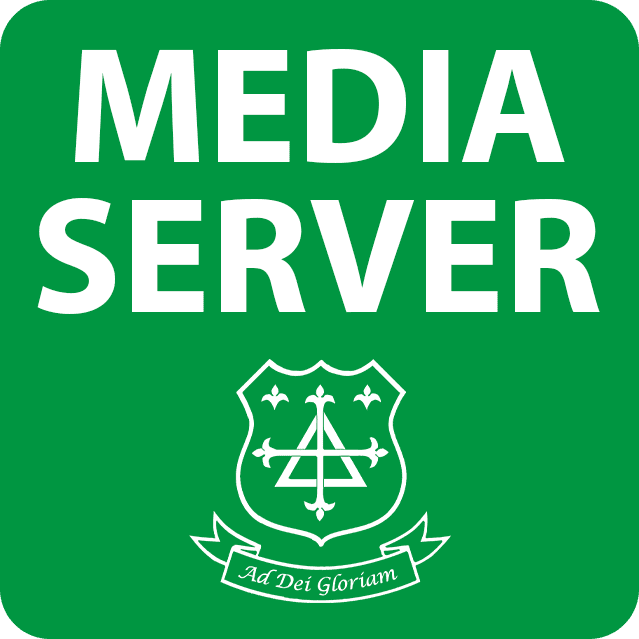A group of 47 students and 6 teachers have just returned from visiting Belgium and France to see the battlefields and war graves of the First World War.
The trip left early on Thursday morning and took the best part of the day to get to Belgium.
En-route to the hotel, the group visited the ‘Brooding Soldier’ memorial that commemorates the first gas attack by the Germans in April 1915. After settling in at the hotel and having an evening meal, the group walked up to the German Cemetery at Langemark. After looking around the cemetery in the rain, the group returned to the hotel before retiring to bed.
Friday was the day to visit the Somme Battlefield sights in France. After a very early start, the day began at the ‘sunken lane’. The students were read some eyewitness accounts from the 1st of July 1916 before doing a battlefield walk. The group walked up the infamous sunken lane and visited several sights nearby, including the British area behind the lines, gun emplacements, and finally the Hawthorne Crater. In addition to the sights, several interesting items from the ‘Iron Harvest’ were seen. These included several dud shells and a No5 Mills Bomb hand grenade. The staff made sure that everyone saw these items from a distance and that nothing was touched! We also saw a ‘British War Graves’ team carrying out their work in a field, possibly recovering the remains of a soldier from the Great War. A short memorial service was then held in the Hawthorn Ridge cemetery. After a few prayers and readings, a few students planted a cross that they had been given, on a grave of a soldier of their choice.
After lunch, the group visited the huge memorial to the missing at Thiepval. After looking around the memorial and being able to locate the names of some relatives, the group headed to Newfoundland Memorial Park and saw the remains of the preserved battlefield including the ‘Danger Tree’. The next stop was at the Ulster Tower where the group had some refreshments. The final visit of the day was to visit the Lochnagar Crater in the pouring rain. The pupils could walk all the way around the massive crater and experience just how big it was. The coach then set off for the hotel and evening meal.
Saturday was the day to visit the signs of Flanders in Belgium. The first visit was to the huge Tyne Cot cemetery where they saw the graves of 50,000 British troops. It was a very moving experience for all. The next stop was to visit Hill 60 where mine craters, blown-up pill boxes, blockhouses and machine gun posts are still visible. There was also the huge Caterpillar Crater to walk around. We then visited the museum and excavated trenches at Hooge Crater. The group had their lunch on the coach, before seeing the WW1 medical display in the museum (which is part of the History curriculum). The excavated trenches were very interesting as they showed the differences between British and German trenches. After this, we visited Hill 62. Here, the students could see a vast array of war relics and could then explore the reconstructed trench system and tunnels. Most of the pupils thought that this was the highlight of the trip. The final visit of the day was to the Passendale Museum. Mr Howell and Mr Stevens guided the group around the various exhibits which included replica dugouts and trench lines. The group then returned to the hotel for the evening meal before heading off to Ypres for the ‘Last Post’ ceremony at the Menin Gate. Before the very crowded remembrance service, the group visited a typical Belgium chocolate shop and bought loads of goodies. After a walk around the center of Ypres, we returned to the hotel.
Sunday was the last day of the trip. After breakfast, the pupils finished packing and boarded the coach. The final stop was in Poeperinge. They visited ‘Talbot House’, a safe place behind the British front lines where soldiers could relax (in a moral way) and forget the horrors of the war. The final visit of the trip was to the death cells in the town hall. A sad place where British soldiers spent their last night before facing death by firing squad. After this, the group boarded the coach and headed back to Nottingham. Despite numerous problems with the Eurotunnel train breaking down, we still arrived back at school for 9.30pm.
A huge thank you goes to Mr Howell for being the group leader and organizing the whole trip. He also did a lot of guiding around the various sights, passing on his wealth of historical knowledge in his own unique style.
A big thank you also goes to Mr Stevens who helped with the trip logistics and helped plan some extra visits into the whole trip. He also did some guiding, as well as bringing along some artefacts to show during the trip, to help complete the all-round experience for the students of the Great War.
A big thank you also goes to Dr Wilson, Mrs Bolton, Mr Brennan and Mr Wilson for giving up their weekend to go on the trip.








